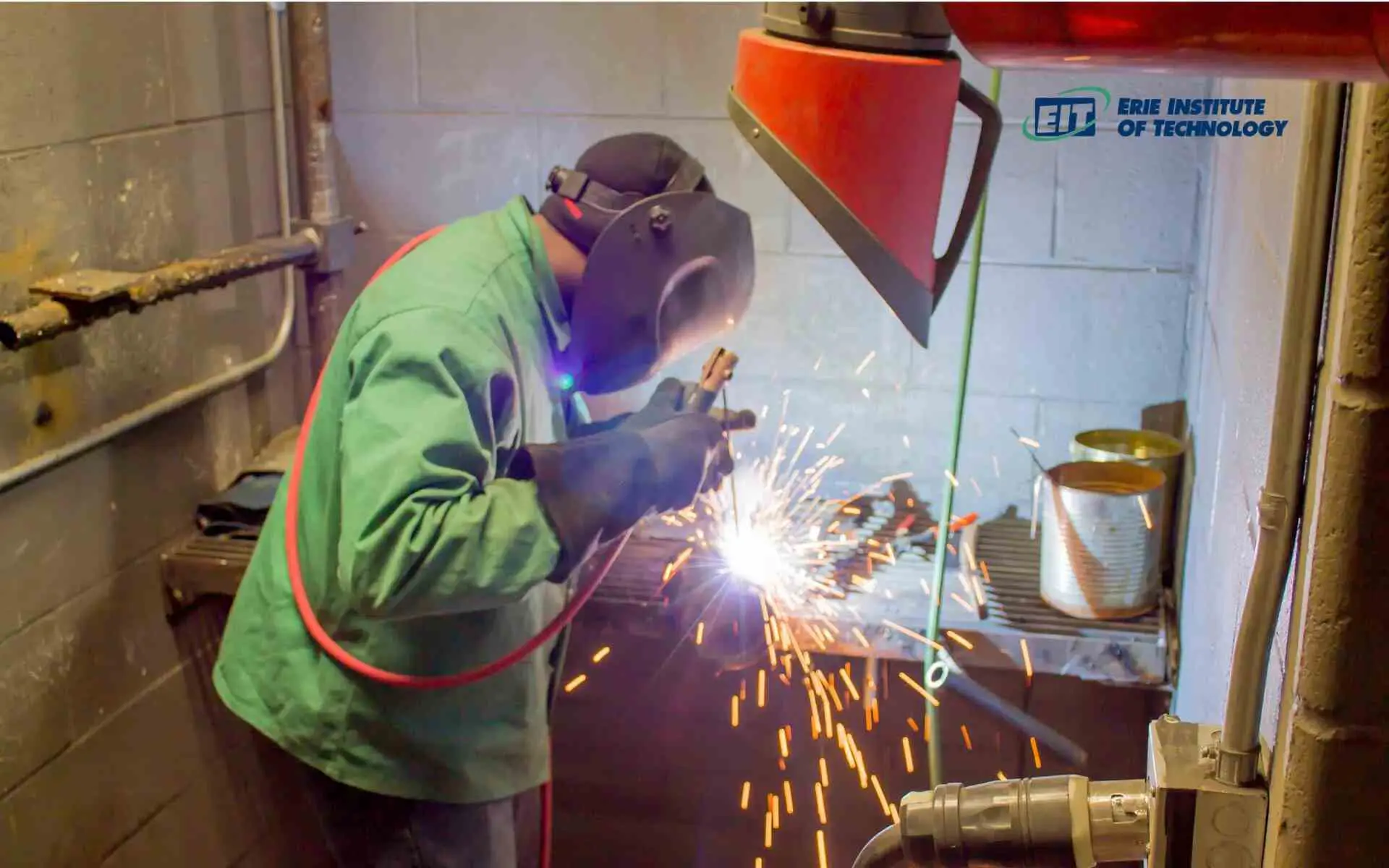Advanced Welding WPS: Customizing Specifications for Complicated Jobs
Advanced Welding WPS: Customizing Specifications for Complicated Jobs
Blog Article
Achieving Welding Quality: Unveiling the Secrets of WPS Implementation and Optimization
In the realm of welding, achieving quality is a search that pivots on the careful implementation and optimization of Welding Treatment Specs (WPS) By diving right into the crucial elements, approaches, difficulties, and best practices associated with WPS, a globe of welding quality waits for those that are ready to discover its midsts.
Importance of WPS in Welding
The Value of Welding Procedure Requirements (WPS) in the welding market can not be overemphasized, working as the backbone for ensuring consistency, quality, and safety and security in welding operations. A WPS gives thorough instructions on exactly how welding is to be lugged out, consisting of necessary variables such as products, welding procedures, joint design, filler steels, interpass and preheat temperatures, welding currents, voltages, travel rates, and extra. By adhering to a distinct WPS, welders can keep harmony in their work, leading to regular weld quality throughout various tasks.

Crucial Element of WPS
Reviewing the essential components of a welding procedure requirements (WPS) is essential for understanding its duty in welding procedures. One crucial facet of a WPS is the welding procedure requirements, which outlines the specific welding processes to be utilized, such as gas tungsten arc welding (GTAW) or secured steel arc welding (SMAW) By incorporating these essential aspects into the WPS, welding procedures can be standard, guaranteeing quality, effectiveness, and security in welding operations.
Strategies for WPS Optimization

Secondly, training and certification of welding personnel according to the certain needs of the WPS is critical. Supplying detailed training programs and making certain that welders are certified to execute procedures detailed in the WPS can cause greater quality welds and reduced rework.
Additionally, leveraging technology such as welding software and tracking systems can aid in maximizing WPS. These tools can aid in tracking variables, ensuring criteria are within specified restrictions, and providing real-time comments to welders, enabling them to make prompt adjustments for enhanced weld top quality.
Typical Obstacles and Solutions
Dealing with barriers in carrying out the methods for WPS optimization can impede welding procedures' effectiveness and high quality. One common difficulty is insufficient training or understanding of the welding treatment specs (WPS) amongst the welding group. This can bring about improper execution of welds, causing issues and rework. To address this, thorough training programs need to be applied to guarantee that all welders are skillful in interpreting and applying WPS properly.
Another challenge is the lack of correct documentation and record-keeping, which is essential for WPS optimization. Without clear documents of welding specifications, products made use of, and inspection results, it comes to be tough to identify areas for enhancement and guarantee consistency in welding procedures. Applying a robust paperwork system, such as electronic welding management software program, can aid improve record-keeping and help with data evaluation for look these up continuous renovation.
Furthermore, irregular welding equipment calibration and upkeep can present a significant difficulty to WPS optimization. Regular devices checks, calibration, and maintenance schedules need to be complied with strictly to guarantee that welding parameters are accurately regulated and kept within the specified resistances (welding WPS). By resolving these usual obstacles with positive remedies, welding operations can enhance performance, quality, and overall welding excellence
Finest Practices for WPS Implementation
To guarantee successful WPS implementation in welding operations, adherence to market requirements and thorough interest to information are vital. When launching WPS implementation, it is crucial to begin by thoroughly recognizing the specific welding needs of the task. This requires a thorough testimonial of the welding treatment specifications, products to be reference welded, and the ecological conditions in which the welding will take area.
As soon as the requirements are clear, the following action is to pick the appropriate welding treatment that aligns with these specifications. This entails seeking advice from the appropriate codes and criteria, such as those supplied by the American Welding Society (AWS) or the International Organization for Standardization (ISO), to ensure compliance and top quality.
In addition, recording the whole WPS implementation procedure is essential for traceability and top quality control. Thorough records need to be maintained pertaining to welding specifications, product prep work, interpass and preheat temperature levels, welding consumables made use of, and any type of inconsistencies from the initial treatment. Routine audits and testimonials of the WPS can aid identify locations for improvement and guarantee recurring optimization of the welding process.


Verdict
To conclude, the implementation and optimization of Welding Procedure Specifications (WPS) is critical for achieving welding quality. By recognizing the crucial elements of WPS, applying efficient methods for optimization, dealing with typical challenges, and following best methods, welders can ensure premium welds and safe working conditions. It is critical for specialists in the welding industry to focus on the correct execution of WPS to boost total welding efficiency and attain preferred outcomes.
The Importance of Welding Treatment Specs (WPS) in the welding sector can not be overstated, offering as the backbone for making certain consistency, top quality, and safety and security in welding operations. A WPS supplies comprehensive guidelines my latest blog post on exactly how welding is to be lugged out, consisting of essential variables such as materials, welding procedures, joint style, filler metals, interpass and preheat temperature levels, welding currents, voltages, traveling speeds, and much more. One important aspect of a WPS is the welding procedure specification, which lays out the certain welding processes to be used, such as gas tungsten arc welding (GTAW) or protected steel arc welding (SMAW) By incorporating these vital aspects into the WPS, welding treatments can be standardized, making certain high quality, performance, and safety in welding procedures.
It is necessary for experts in the welding sector to focus on the proper execution of WPS to enhance overall welding efficiency and attain desired outcomes.
Report this page